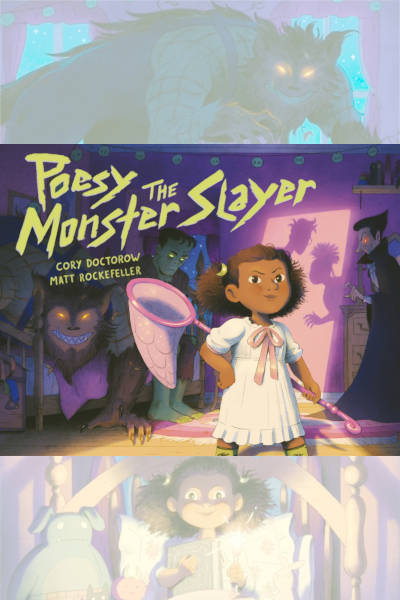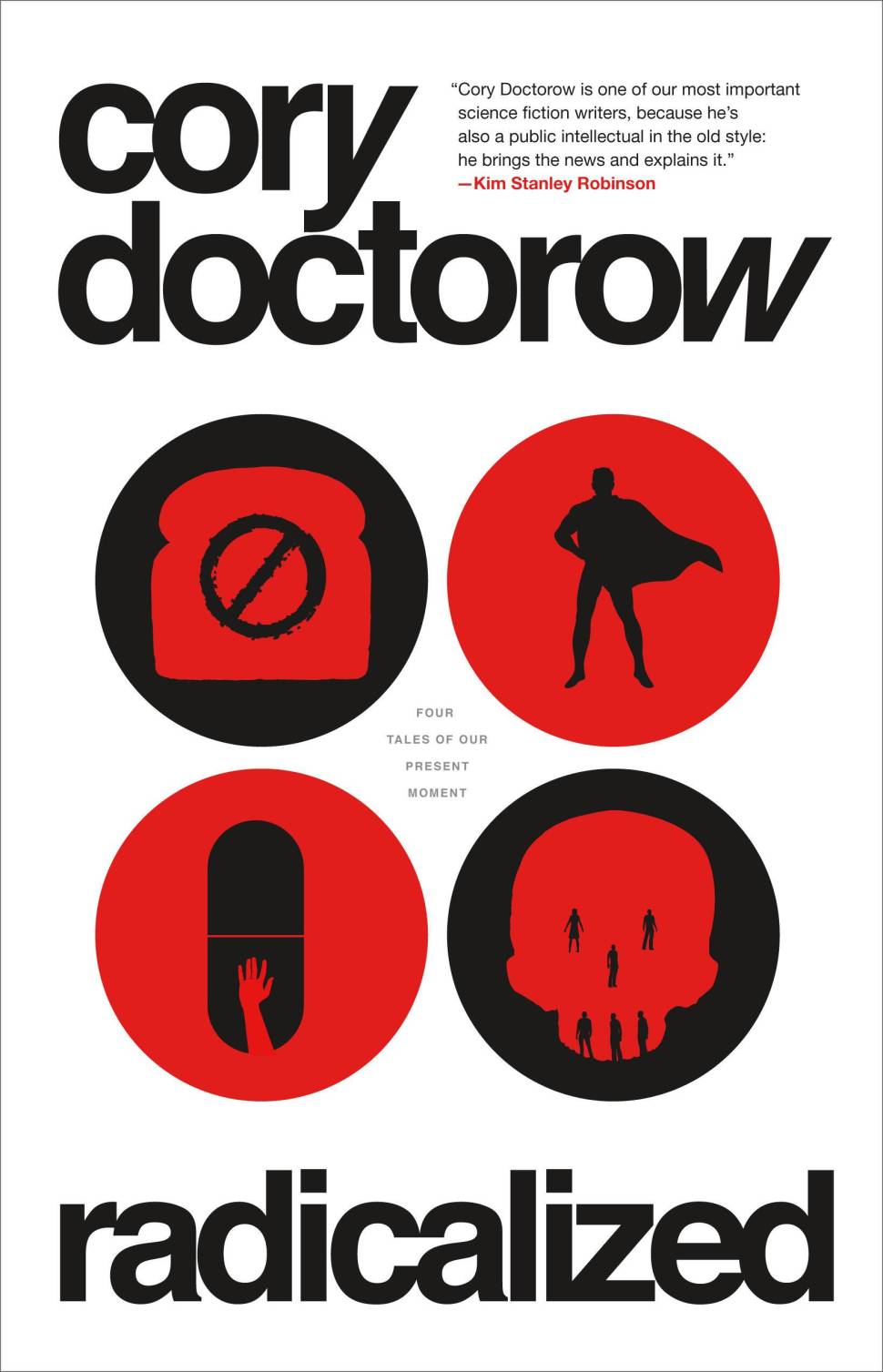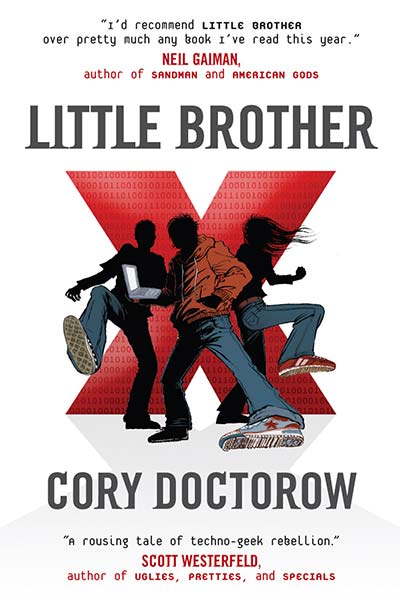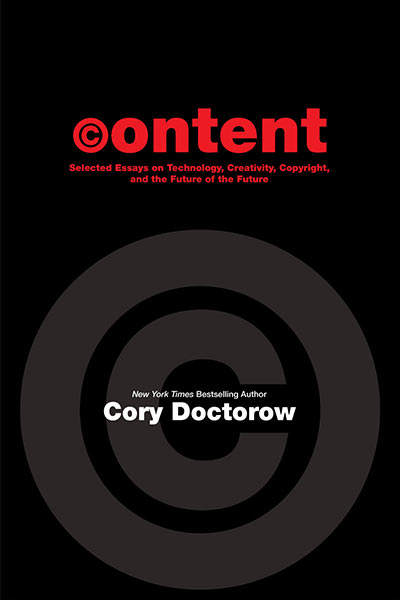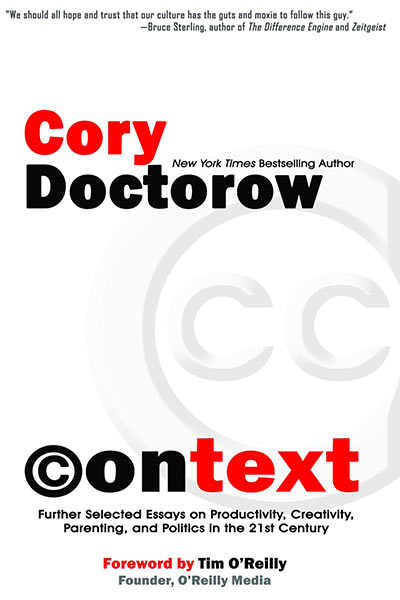My latest Locus column, “Improving Book Publicity in the 21st Century,” addresses the lack of automation and management in traditional publishing an publicity, and suggests some simple and cheap ways that publishers could join up the way its editorial, marketing a PR departments communicate with reviewers and other publicity outlets to save money and score more PR for their writers.
Right now, this stuff all lives in separate word-processing files and spreadsheets in different departments’ hands, which results in all sorts of bizarre occurrences that I see firsthand.
There’s the trilogy whose first volume I blurbed, and whose first two volumes I glowingly reviewed – and I sold a ton of each. The publisher didn’t send me book three for review, even though it had a quote of mine on the front cover, the back cover, and the jacket-flap. They didn’t even tell me it was out – by the time I saw it in a store, it had been out for a month, and my review showed up weeks after the book’s publicity push was over.
I know how that happened: the cover quotes came from editorial and were sent to marketing, which had them in a word-processing document. When PR brainstormed people to send review copies to, they forgot to include me, so it fell through the cracks.
There’s the graphic novel series, now in up to something like 17 volumes. I’ve given every book a positive review, and all the new volumes have quotes from me on the cover. I never get review copies of this one – I don’t even get a notice from the PR department when a new volume is out. But the same PR department has sent me something like nine volumes of another series, none of which I’ve ever reviewed. If I don’t review book one, that means I either didn’t like it, or didn’t even bother with it because it looked so unpromising. Having skipped book one, you can be certain I won’t review book two. This same publisher sends me mountains of single-issue comics, even though I’ve never reviewed one of those.








